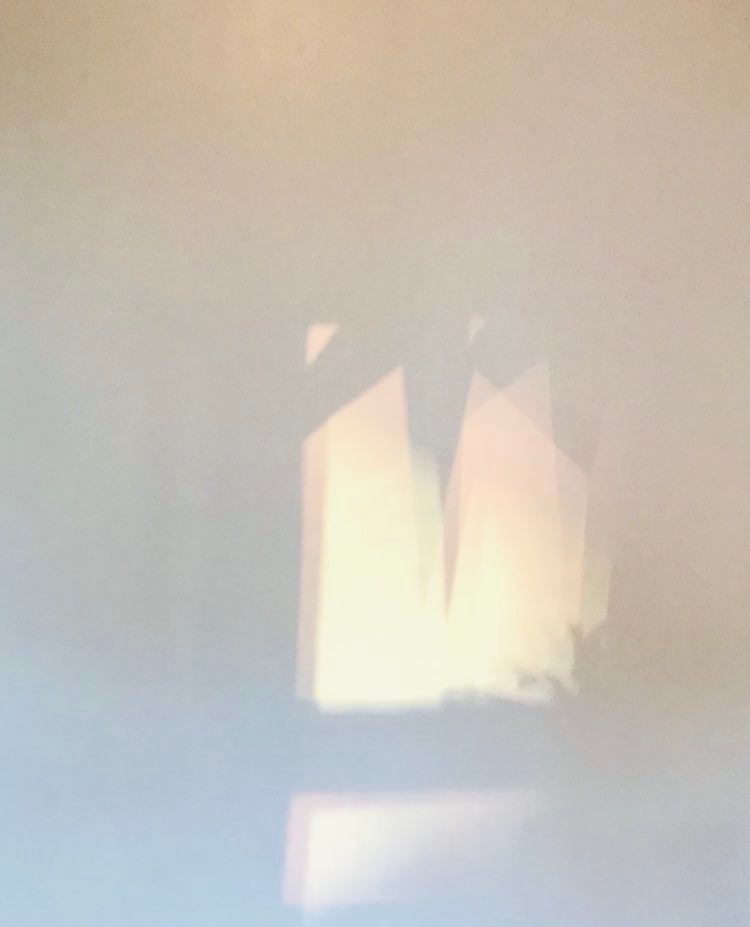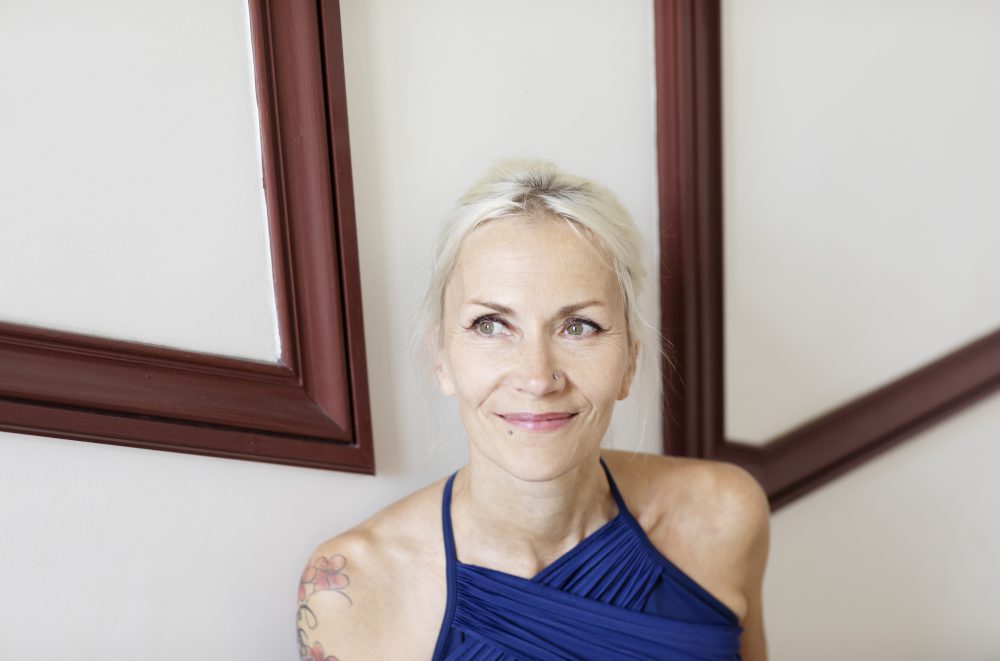The teaching of Ashtanga Yoga, the eightfold path to self-realization, starts usually with the physical practice. When the practitioner repeats the same chain of movements day after day, (s)he finds a subtler way to live in the body. (S)he faces her/his relation to the body on the mental and emotional levels. The regular practice can also show to the practitioner that (s)he’s unable to really get into her/his body, because the mind’s attention gets shattered and the mind gets irritated of the body’s stiffness, pains or some ”imperfections”. The mind judges the body. This is how the dualistic relation is maintained and the observation of the body goes on. This phase can last for years and thus the practice doesn’t attain its liberatory goal.
If the practitioner doesn’t understand the connection between the body and the mind and how the body reflects the movements of the mind, the practice will remain a physical practice. In the happiest cases, even with this kind of heavy feelings about the body, the practitioner gets the point of the physical practice: it purifies the subconscious mind!
As the body is not a separate whole that should be evaluated without the bigger picture, the practitioner needs to really live the body with all its feelings and to be the body. The liberating means of yoga is actually in this that it connects different layers of the human being. It makes sense and it makes the separates parts ONE. The yoga is a very exciting adventure where you learn to read any minor event in any other layer of yourself. You will understand what is the cause and what is the effect.
Let’s take an example: the back pain which is very current in nowadays world. People don’t always look for reasons, but just complain and get medicine not to feel the pain. The cause of the pain doesn’t disappear with the medicine. If you look for reasons, you might find something in the physical body. Maybe you sit the whole day through or maybe you’ve been doing some sports that have harmed your back. But how many look at their own thoughts, their breathing habits or the emotional life? These are things behind the back pain – unless you had an accident (which also can reflect your thinking habits or the lack of presence in that situation).
An interesting concept that is linked to all the layers in us, is the concept of freedom. Yoga is the path to freedom. But how does it work? Some people understand the freedom by the total freedom to do what they want. Some other comprehend differently. Yoga teaches freedom in a very fascinating way. When it comes to the body, the majority feels that the body restricts something or is even a burden that slows down your actions. With a physical yoga practice this changes completely. The body becomes free and frees the mind. Because you can’t feel like a prisoner in a free body which in this context means also the energy of the body.
If you feel that you lose your freedom, because you have to do your practice, then you can’t practice. If you see the importance of self-discipline to do your practice no matter what, you know it’s taking you towards a greater freedom. This is the point where so many practitioners get stuck. To do or not to do the practice is the question in their mind. They can think about it for a long time whether it is worth of getting up earlier to practice or to get on your mat even when you feel tired or stuck.
We can take this situation as a reference for many situations in life. When are we free? When we don’t have any obligations? The freedom for me personally means that in any circumstances – even seemingly prisoner – I am free in my heart. The practice of yoga gives us the freedom that is not bound to external conditions. But naturally before getting that freedom you need to sacrifice something for it. Freedom means best inner choices in any restricted situation and the feeling of complete freedom to always feel blessed.

